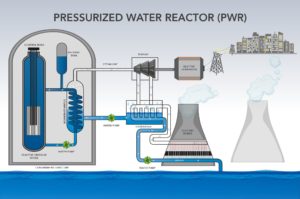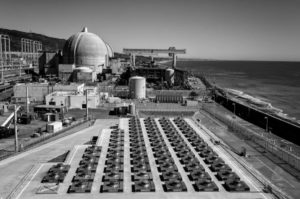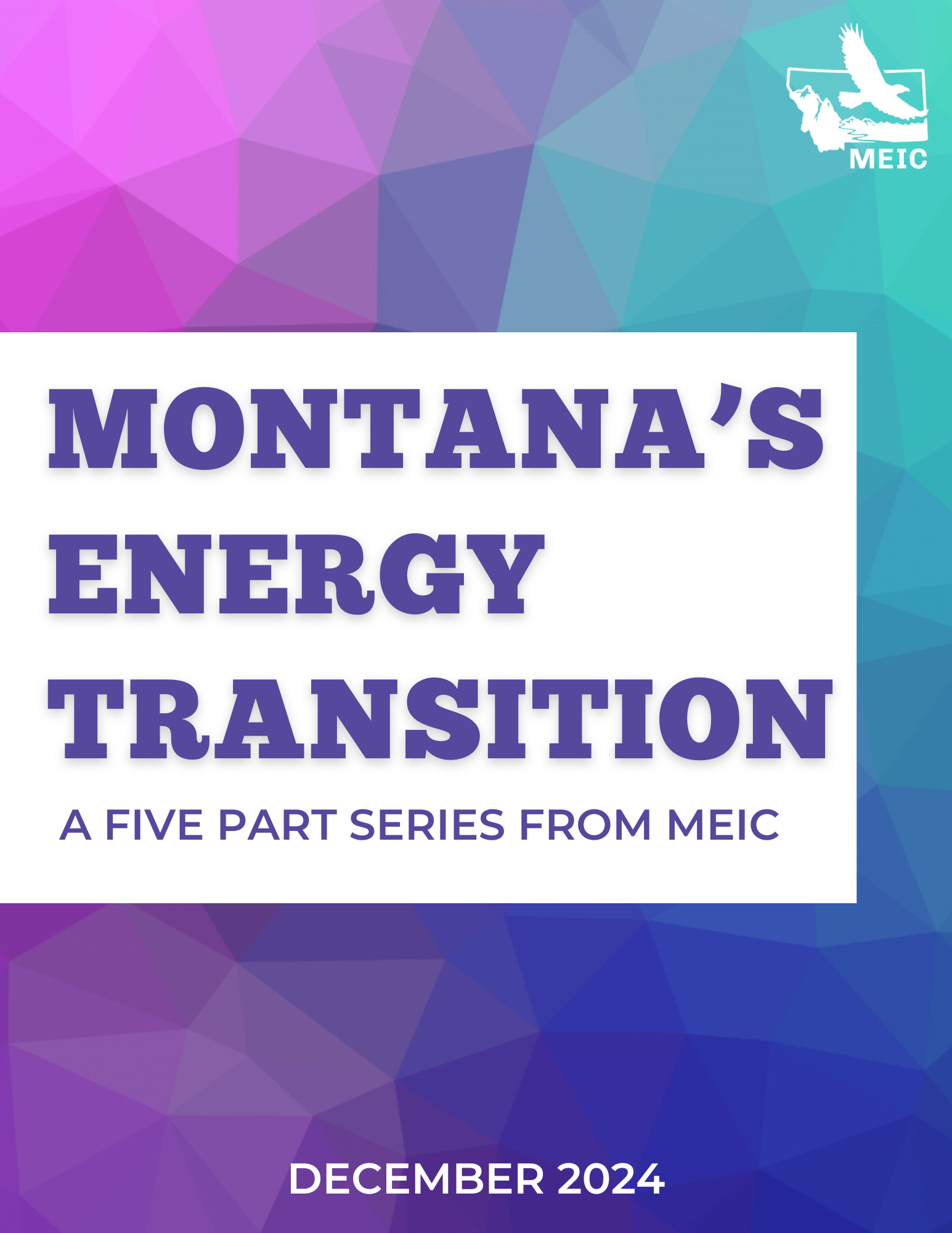By Katy Spence
 Pressurized water reactors are the most common nuclear energy plants. Image via Office of Nuclear Energy.
Pressurized water reactors are the most common nuclear energy plants. Image via Office of Nuclear Energy.
With all the legislation, research, and advocacy about nuclear energy, we thought it could be helpful to take a step back and explain how nuclear reactors work and highlight the areas that make us hesitant to believe they are a climate solution for Montana or the country.
Nuclear energy is produced by splitting atomic nuclei in a process called fission. It is also possible to produce energy by fusing nuclei, though this isn’t yet commercially available.
The most common nuclear energy plants are pressurized water reactors (see diagram). The reactors are built to contain and control fission reactions to harness energy. A fuel inside the reactor’s core undergoes fission, causing a chain reaction of splitting atoms. These splits bombard each other with extraneous particles and as each atom splits, it releases energy in the form of heat.
A cooling agent, typically water, is pumped in to keep the reactor core stable while the water is also heated into steam. The steam moves through pipes and rotates turbines to create electricity. The steam then condenses and returns to the cooling tower, creating the familiar giant steam emission towers.
In theory, nuclear energy is a source of reliable, long-lasting, low-carbon electricity. However, the reality is that water use, waste storage, cost, and more make nuclear a poor energy solution at this time.
Water Hogs
Large pressurized water reactors can use up to 1 billion gallons of water each day, so they’re typically built on or near a water source, such as a river or a lake. The water is usually cycled through the system a few times and eventually may be returned to the source. However, if discharged at too hot a temperature, the returning water can dangerously increase the temperature of the source, harming aquatic organisms and plant life.
Since water is such an essential part of cooling a nuclear reaction, siting a nuclear facility in a place prone to drought shows serious lack of foresight. In addition, significant amounts of water are required to store spent fuel.
In fact, fuel is problematic in a number of ways.
The Problem with Fuel
Two naturally-occurring isotopes of uranium are used as nuclear fuel: uranium-235 and uranium-238. These must be mined and, in some cases, enriched in order to be used in fission reactors.
Uranium mining carries many of the same issues as other kinds of mining: contamination of air and water with dangerous toxins and gases, as well as emission of radioactive particles that can cause cellular damage to humans, wildlife, and plant life.
In addition, a large proportion of uranium deposits being discovered are on Indigenous land around the world, exacerbating existing extraction, water, and sovereignty issues. Montana has numerous uranium deposits, creating a potential for uranium mining in the state. If the State’s past oversight of hardrock and coal mining is any indication, there is reasonable concern that uranium mining oversight would be similarly lax.
Then there’s the issue of nuclear waste.
Storing Nuclear Waste
According to the U.S. Department of Energy, there are roughly 98,000 tons of used commercial nuclear fuel “temporarily” stored at nearly 80 sites in 35 states, some of which dates back to the 1980s. Due to the volatile nature of spent fuel, researchers are still looking for ways to better reuse this waste. However, even the most optimistic nuclear proponents will admit that this is an ongoing problem without viable solutions so far.
When Accidents Happens
Part of the reason nuclear waste is concerning is that exposure to radiation can negatively impact human and ecosystem health. In both Chernobyl, Ukraine, and Fukushima, Japan, for example, a nuclear accident caused mass evacuations and “red zones,” or areas that will not be inhabitable for hundreds of years until the radioactive contaminants decay to levels safe for human exposure. By that time, however, the ecosystem will likely have been changed at a genetic level due to generations of exposure to harmful radiation. While most nuclear plants have operated for years without significant issues, the chance of catastrophic disaster is too high.
The Next Generation?
As we’ve written about previously, small modular reactors (SMRs) are a theoretical new type of reactor that will be simpler, cheaper to operate, and safer than pressurized water reactors. While we’re interested in the benefits of this technology, it’s clear from numerous examples around the country (such as in Utah) that SMR technology is still in the expensive development phase and may not be ready for affordable commercial use for another decade or more (see article on pg. 20).
MEIC’s Stance
If nuclear power could have the benefits that proponents suggest, MEIC would consider supporting it. As it is, cost, permitting and development timeframes and oversight, safety, and waste issues merit hefty skepticism. Since energy efficiency, solar and wind energy, and storage technologies are already commercially available with rapidly decreasing prices, investing in this infrastructure — not in nuclear power plants — makes the most sense to meet Montana’s energy needs and work towards decarbonizing our energy sector in the immediate future.
 Nuclear waste at the San Onofre Nuclear Generating Station in California. Photo by Craig Cutler.
Nuclear waste at the San Onofre Nuclear Generating Station in California. Photo by Craig Cutler.
This article was published in the June 2022 issue of Down To Earth.


